January 14, 2020 10H:19 GMT/ZULU
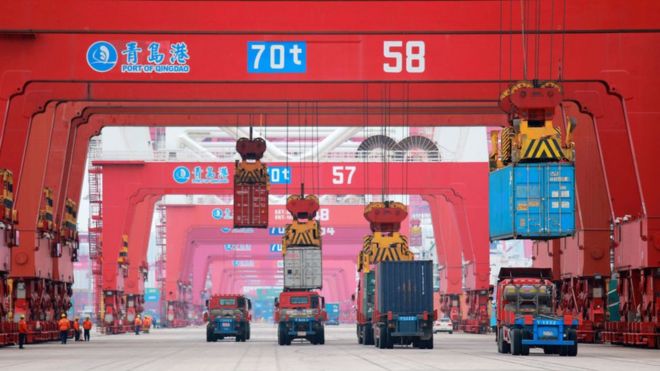 GETTY IMAGES
GETTY IMAGES
The world's two largest economies are locked in a bitter trade battle.
The dispute, which has simmered for nearly 18 months, has seen the US and China impose tariffs on hundreds of billions of dollars worth of one another's goods.
US President Donald Trump has long accused China of unfair trading practices and intellectual property theft.
In China, there is a perception that the US is trying to curb its rise as a global economic power.
Negotiations are ongoing but have proven difficult. In December, the two sides announced a preliminary deal but some of the thorniest issues remain unresolved.
Uncertainty surrounding the trade war has hurt businesses and weighed on the global economy.
What tariffs have been imposed?
Mr Trump's tariffs policy aims to encourage consumers to buy American by making imported goods more expensive.
So far, the US has imposed tariffs on more than $360bn (£268bn) of Chinese goods, and China has retaliated with tariffs on more than $110bn of US products.
Washington delivered three rounds of tariffs last year, and a fourth one in September. The most recent round targeted Chinese imports, from meat to musical instruments, with a 15% duty.
Beijing has hit back with tariffs ranging from 5% to 25% on US goods.
Its latest tariff strike included a 5% levy on US crude oil, the first time fuel has been hit in the trade battle.
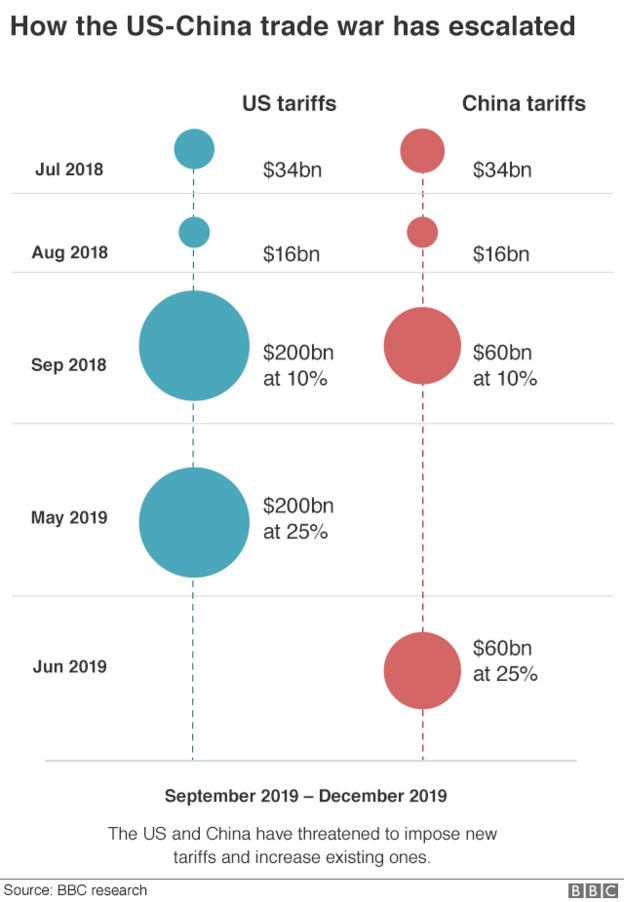

What's next?
The so-called "phase one" deal agreed in December reduces some US tariffs in exchange for more Chinese purchases of American products, and better protection for US intellectual property.
The deal is yet to be signed and tariffs of 25% on $250bn worth of Chinese goods remain in place.
However, the US will drop tariffs on $120bn worth of Chinese goods to 7.5%.
Washington also shelved a planned round of tariffs, which would have hit Chinese smartphones, clothing and toys.
Features
Elsewhere on the BBC
Football phrases
15 sayings from around the world







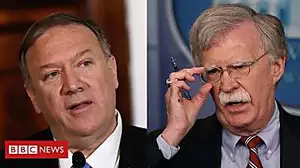


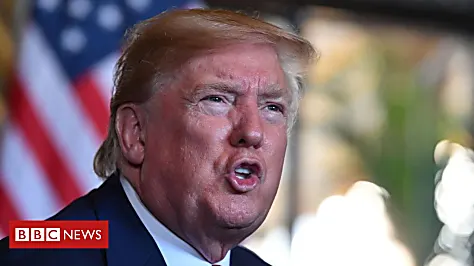







![[Photos] Obama's Brand New House Is Far From What You'd Assume [Photos] Obama's Brand New House Is Far From What You'd Assume](https://images.outbrainimg.com/transform/v3/eyJpdSI6ImNlOWJmZDJhZTIzNmZjZWNmNGUzODI0OGRjOTk1Y2M4NzA2MGNmNGM3NWNlNzUyMDNjZGU3NzliMTE0M2Q4MDMiLCJ3IjoxNjAsImgiOjkwLCJkIjoxLjUsImNzIjowLCJmIjo0fQ.webp)

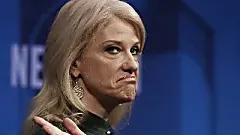
![[Gallery] Things Just Aren’t The Same Between William And Kate And Now We Know Why [Gallery] Things Just Aren’t The Same Between William And Kate And Now We Know Why](https://images.outbrainimg.com/transform/v3/eyJpdSI6IjI4ODIzNDA2MjFmYjNmYmNiNWUzMjAyNWI5MDJlM2ZiYTRhYmM4ZTRjYjg2N2UzYzdmMWIzNDRiYzlkNWU4MjkiLCJ3IjoxNjAsImgiOjkwLCJkIjoxLjUsImNzIjowLCJmIjo0fQ.webp)
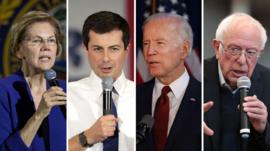









No comments:
Post a Comment